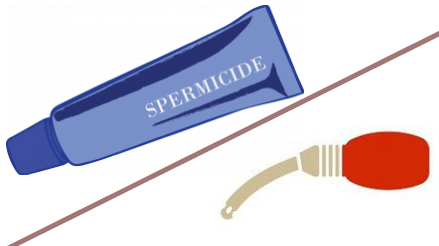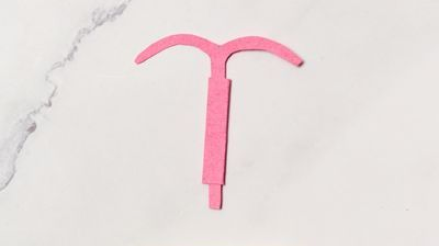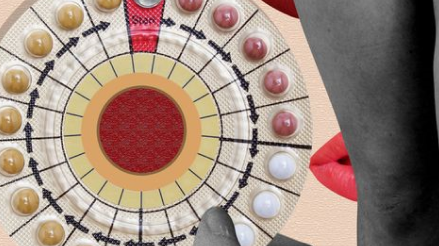You may also like…
Fertility Awareness Based Methods
Previously known as family planning; FAB relies on the signs and symptoms that reflect the biological changes that occur during the fertile window defining phase of “menstrual” cycle. Use of these natural methods requires that a women is of healthy reproductive age and has fairly regular cycles.
Natural family planning methods include:
Calendar or rhythm method
Fertile days are calculated based on the cycle length recorded over at least six cycles. First fertile day = shortest cycle minus 20. Last fertile day = longest cycle minus 10. For women with a 28-day cycle this equates to abstinence for 10 days in each cycle (i.e. day 8-18).
Temperature method
This relies on the increase in body temperature (0.2-0.4 C) produced by the rise in progesterone following ovulation. Daily temperatures must be measured using the same route. Infection, exercise and some medications can affect body temperature and interfere with this method.
Cervical mucous method
Mucus on toilet tissue after wiping the vulva can be examined for consistency. Midcycle “fertile” mucus due to rising oestradiol levels is clear, watery and slippery rather like raw egg white. Following ovulation, progesterone renders it thick and opaque. Semen in the vagina may make it difficult to recognize the mucus.
Powered by Froala Editor







